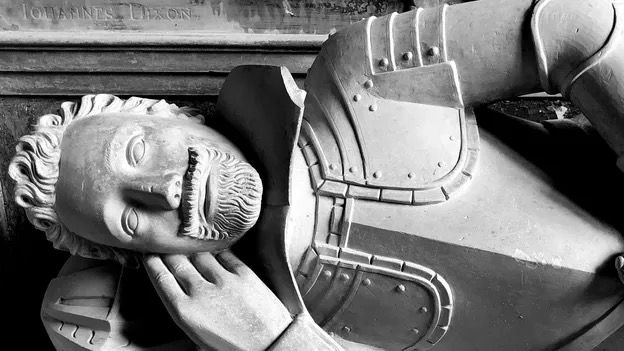The Origins of Easter Eggs in Christianity
- Templar Webmaster

- Mar 28, 2024
- 2 min read
Easter eggs. Delicious chocolate treats given on Easter Sunday. But what have they got to do with Christ and the resurrection? They're just a pagan thing stolen by the early Christians right?

Not necessarily. Despite much modern speculation that eggs are linked to the Germanic goddess Ostara, there is no evidence to connect eggs with the speculative deity.
Eggs, however, have had great significance in many religions and cultures dating back many thousands of years - engraved ostrich eggs have been found in Africa that are approximately 60,000 years old - Christians have included its symbolism of death and resurrection since the early Christians of Mesopotamia.
In the pre-dynastic period of Egypt and the early cultures of Mesopotamia and Crete, eggs were associated with death and rebirth, as well as with kingship.
Decorated ostrich eggs, and representations of ostrich eggs in gold and silver, were commonly placed in graves of the ancient Sumerians and Egyptians as early as 5,000 years ago.
It's thought that these cultural relationships may have influenced early Christian and Islamic cultures in those areas, as well as through mercantile, religious, and political links from those areas around the Mediterranean.

In Christianity eggs carry a Trinitarian symbolism as shell, yolk, and albumen are three parts of one egg. According to many sources, the Christian custom of Easter eggs was adopted from Persian Nowru
tradition into the early Christians of Mesopotamia, who stained them with red colouring "in memory of the blood of Christ, shed at His crucifixion".
Sociology professor Kenneth Thompson discusses the spread of the Easter egg throughout Christendom, writing that "use of eggs at Easter seems to have come from Persia into the Greek Christian Churches of Mesopotamia, thence to Russia and Siberia through the medium of Orthodox Christianity. From the Greek Church the custom was adopted by either the Roman Catholics or the Protestants and then spread through Europe."
Both Thompson, as well as British orientalist Thomas Hyde state that in addition to dyeing the eggs red, the early Christians of Mesopotamia also stained Easter eggs green and yellow.
Peter Gainsford maintains that the association between eggs and Easter most likely arose in western Europe during the Middle Ages as a result of the fact that Catholic Christians were prohibited from eating eggs during Lent, but were allowed to eat them when Easter arrived.
The giving up of eggs for lent is also attributed to the creation of the custom of giving eggs as gifts at Easter.
A common practice in England in the medieval period was for children to go door-to-door begging for eggs on the Saturday before Lent began. People handed out eggs as special treats for children prior to their fast. This, over time, led to the creation of "pancake day".
The introduction of candy filled eggs, and eventually chocolate eggs, came in when people would abstain from sweets and chocolate for lent and so would enjoy them on Easter Sunday once their fast had ended.




Comments